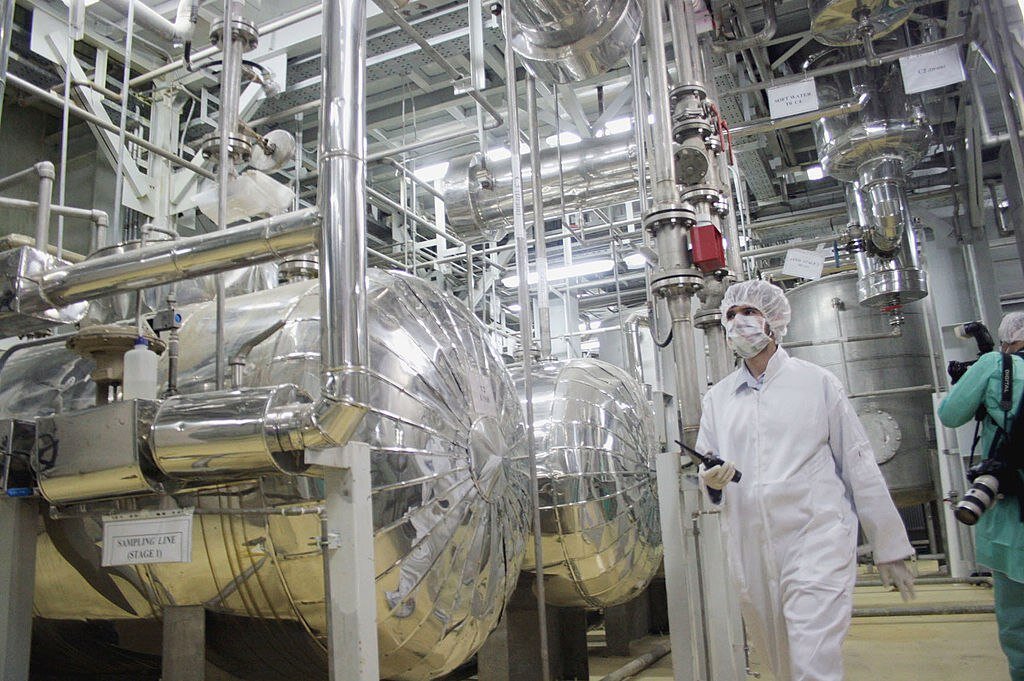Tehran – A June 12 resolution by the International Atomic Energy Agency (IAEA) Committee marks a key period in the long-term diplomatic conflict over the country’s peaceful nuclear program between the western capital and Tehran.
The resolution was passed with the support of the US and three European countries (France, Germany and the UK), but Tehran sees it as a continuation of a politically motivated pressure campaign, rather than a technical discovery.
Iran’s rapid and calculated response – expanding nuclear capabilities at safe sites – reflects the strategic logic shaped by what Tehran sees as a Western violation and the failure of its diplomatic approach.
Interpretation: Political manipulation, not technical necessity
From an Iranian perspective, the resolution is a “repeat event,” a familiar tactic in the Western playbook, prioritizing political pressure on real technical dialogue. Tehran officials cite the so-called unresolved issues, claiming that some of them could be traced back to the 2015 Joint Comprehensive Action Plan (JCPOA). The focus of the resolution “unable to provide guarantees” on the peaceful nature of Iran’s nuclear program, “failure to meet its obligations” and the IAEA’s “unable to provide guarantees” is viewed as a framing device that justifies further pressure, rather than an unbiased assessment.
Iran’s Foreign Ministry and the Atomic Energy Agency quickly dismissed the resolution as “political motivation” and “lack of technical or legal basis.” This stance stems from the belief that the true purpose is not to resolve the issue of significant safeguards, but to create leverage to punish Iran for its nuclear advancements.
Strategic response: calculated escalations for deterrence
Iran’s response was not impulsive or merely a symbol. Announcement of a new safe enrichment facility and the replacement of first-generation IR-1 centrifuges at a heavily reinforced underground fold site with advanced IR-6 machines are important technical procedures. This move sends a deliberate signal of Iran’s capabilities and resolution.
Fordow’s choice is strategically important. Its deep underground location makes it virtually impermeable to military strikes and transforms it into a safe base for Iran’s most advanced nuclear technology. By upgrading features on this site, Iran is not only increasing its enrichment capabilities, but also strengthening its strategic deterrence. Tehran sees this as a necessary defensive measure. This is a direct result of a diplomatic environment where Iran’s rights and security cannot be guaranteed through contracts alone.
Legal and diplomatic frameworks for Iran’s movements
An interpretation of the JCPOA itself is important to understand Iran’s position. Tehran claims that nuclear advancements since 2019 do not constitute a violation, but rather constitute a legally justified “compensation measure” under Articles 26 and 36 of the transaction, so Iran can suspend its commitment in whole or in part if the other parties are unable to maintain their support.
Iranian officials argue that the US withdrawal in 2018 and the three subsequent European countries did not deliver the promised economic benefits, identified in the inefficiencies of mechanisms such as the October 2023 Instex and the unearned “transition date” obligations, embedded in fundamental violations of the agreement. From this perspective, the decision to reduce Iran’s commitment was a legitimate exercise of rights under the JCPOA, and was taken only after a year of “strategic patience” and lack of concrete economic relief.
This legal framework redefines Iran’s nuclear expansion not as a rebellion, but as a rule-based response to violations by the other side.
Nuclear capabilities as strategic leverage in the post-JCPOA era
The sustained Western pressure campaign solidified Tehran’s important strategic lessons. Diplomatic agreements without strong enforcement mechanisms are unreliable, but indigenous technical capabilities provide concrete deterrence and important negotiation leverage. Therefore, Iran’s nuclear programme has become a strategic asset in which “possible breakouts” have fundamentally changed the dynamics of power in the region and created a horrifying shield against military threats.
Furthermore, Iran is seeing a potential activation of a “snapback” mechanism with strategic skepticism. Three European countries may present it as a last resort, but their legal authority that will cause it in October 2025 creates a deadline to put pressure on not only Iran but all political parties. Tehran has revealed that such a move is likely to encourage dramatic measures, including the possibility of withdrawal from the Non-Proliferation Treaty (NPT). This will turn snapbacks from mere threats to high stakes gambling, with unpredictable results for global non-enhancing norms.
A predictable cycle of pressure and progress
The IAEA’s recent resolution and Iran’s response are predictable results of a flawed, pressure-based strategy. From Tehran’s perspective, its actions are a logical and strategic response to a diplomatic process that failed to realize its commitment. As long as the core issues (necessary guarantees, necessary guarantees, and cross-compliance) are unresolved, the cycle of pressure and nuclear advancement can last. Iran is confident in its ability to withstand its sovereign rights through its technical and strategic resilience.

